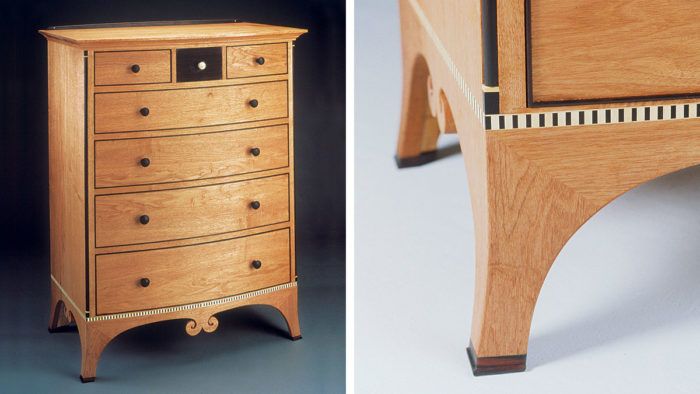

For the past 10 years or so I have been pretty much exclusively building chairs, but I did not start that way. Fresh out of college I already hated my job as a chemist. I couldn’t stand being in the lab. I did work on the formula for artificial hot buttered popcorn flavoring though. My public service announcement: Steer clear of that stuff!
My grandfather had a shop when I was growing up and although none of us kids were allowed in, it intrigued and inspired me. The ability to create a piece of furniture—especially one that would be used—was quite inspiring. I ended up working on and off (more off than on for many years) making furniture, as an apprentice, having my own shop, studying furniture making and design, and building as a side gig. During this time, I took on anything that would pay often without knowing how I was going to build it. Classes were often not an option. To compensate, I read everything I could get my hands on. Many of my woodworking heroes were the ones writing in the magazine. I always had a copy of a Fine Woodworking magazine or book with me. My spare time was spent perusing the pages, being inspired, and learning how to be a better craftsperson.
Moving forward I transitioned from furniture to chairmaking and then added teaching. Suddenly I had to translate all the action in the shop to students. It was intimidating until I recognized a pattern among some of the common fundamentals that people struggled with. Ironically, they were many of the same things that I struggled with as a young maker. The biggest issue is not letting the tool do the work. This often involves not having a sharp tool and then not knowing how to best use it. If you have a sharp tool and understand how to use it, the tool will almost do the work for you.
Craftsmanship comes from knowing what the tools can do and how to use them, and practicing until it becomes second nature. The more time spent building the skills, the more confidence gained and the more enabling those skills become.
When I wasn’t working as a furniture maker, I was reading everything I could about the craft, with Fine Woodworking as my main source of information. Here are a few of the many articles that have helped along the journey, from Mike Pekovich on practicing a skill before attempting it on a finished piece to Curtis Buchanan’s discussion on using the main stay tool, to a sharpening article that changed my ability to work in the shop, and more. Many are of the technical how-to aspect, while some are inspiring in design.

David Douyard
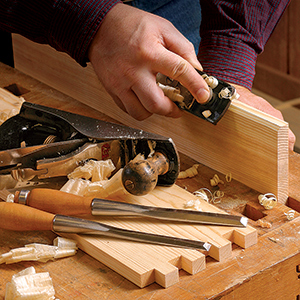 |
Hone Your Hand-Tool Skills
A handful of exercises develops competence and confidence with chisels, planes, and saws. Michael Pekovich |
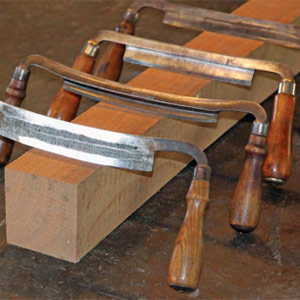 |
How to Sharpen and Use a Drawknife
Learn how to master the drawknife, a brilliantly simple shaping tool that’s versatile, fast, and a pleasure to use. Curtis Buchanan |
Five tips for better bandsawing
Michael Fortune’s no-hassle approach delivers smooth, straight cuts on the bandsaw. Michael Fortune |
|
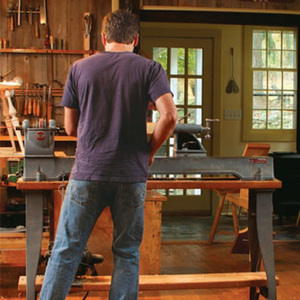 |
See it in Motion: Body Movement for Woodturners
See what the right posture for spindle turning at the lathe looks like Peter Galbert |
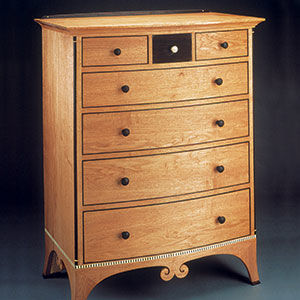 |
Designing a Chest of Drawers
Borrow form and detail from the past to help develop new ideas Garrett Hack |
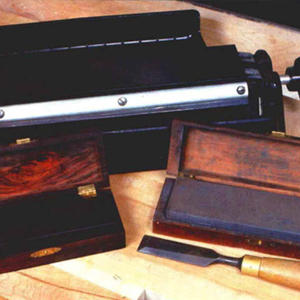 |
Sharpening With Oilstones
Borrow form and detail from the past to help develop new ideas Garrett Hack |
 |
Build a Curved-Leg Stool
Simple bends provide stability and visual flair for this light, comfortable bar stool. Peter Galbert |
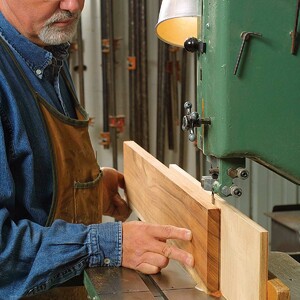
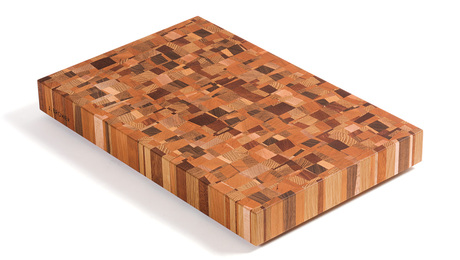
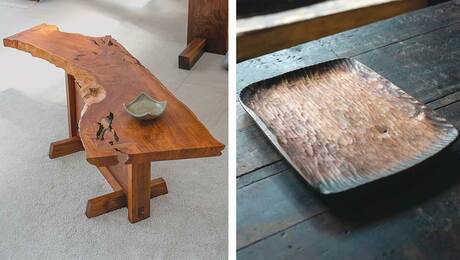
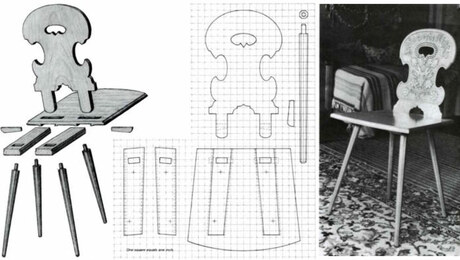
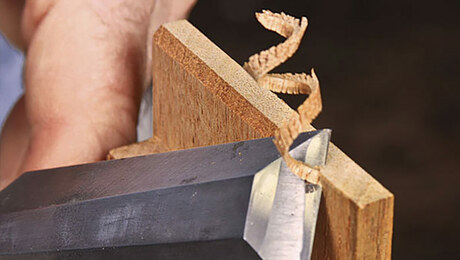


















Log in or create an account to post a comment.
Sign up Log in